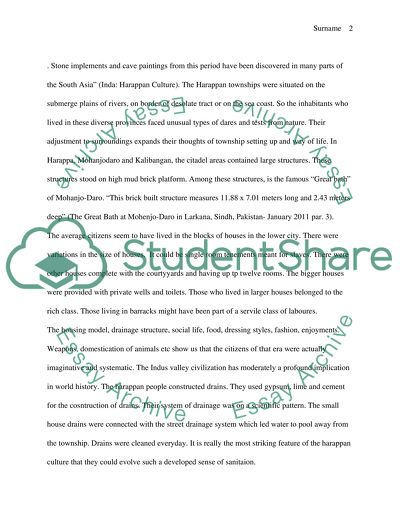Cite this document
(“The history of ancient India. Harppan Culture Research Paper”, n.d.)
The history of ancient India. Harppan Culture Research Paper. Retrieved from https://studentshare.org/history/1588455-the-history-of-ancient-india-harppan-culture
The history of ancient India. Harppan Culture Research Paper. Retrieved from https://studentshare.org/history/1588455-the-history-of-ancient-india-harppan-culture
(The History of Ancient India. Harppan Culture Research Paper)
The History of Ancient India. Harppan Culture Research Paper. https://studentshare.org/history/1588455-the-history-of-ancient-india-harppan-culture.
The History of Ancient India. Harppan Culture Research Paper. https://studentshare.org/history/1588455-the-history-of-ancient-india-harppan-culture.
“The History of Ancient India. Harppan Culture Research Paper”, n.d. https://studentshare.org/history/1588455-the-history-of-ancient-india-harppan-culture.


